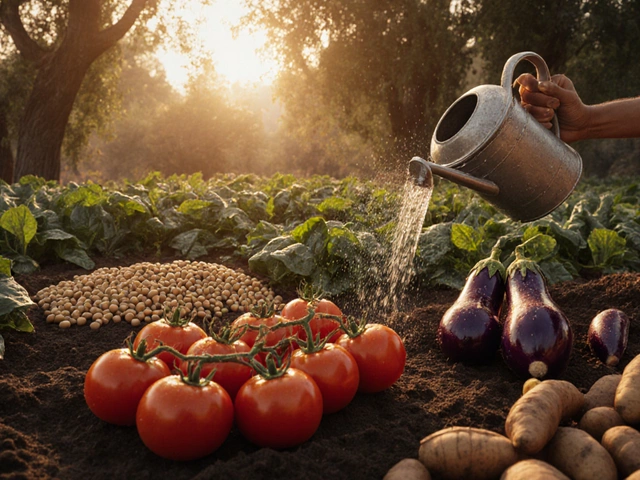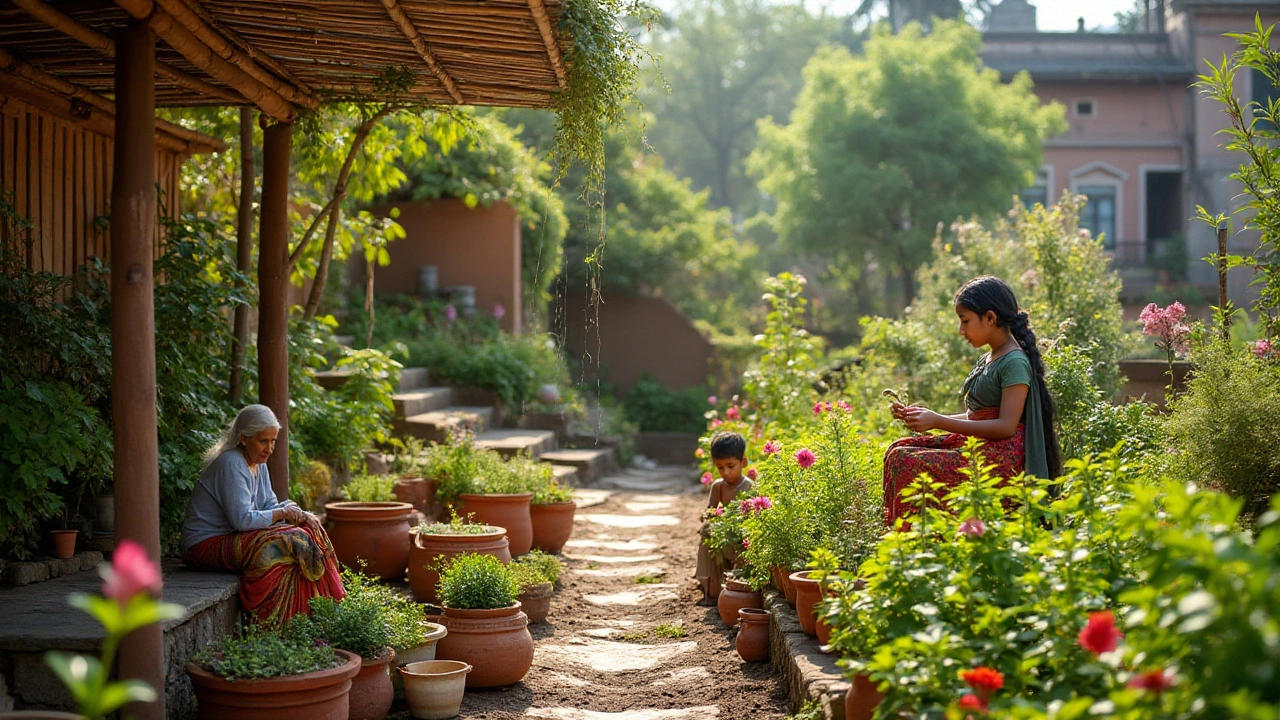Garden Care: Simple Tips for Healthy Indian Gardens
Keeping a garden alive isn’t magic – it’s about water, soil, and a bit of attention. Whether you have a balcony pot or a backyard plot, the same basics apply. Let’s break down what you need to do every week so your plants stay strong.
Everyday Plant Care Basics
First, check the soil. Stick a finger about an inch deep; if it feels dry, water the plant. In hot Indian summers, pots can dry out in a day, so early‑morning watering works best. Use lukewarm water, not ice‑cold, because sudden temperature shocks weaken roots.
Light matters too. Most flowering plants love bright, indirect sun. If you notice leggy stems, the plant is probably reaching for more light. Move it closer to a window or add a reflective surface to bounce light onto leaves.
Don’t forget the air. Indoor plants hate dry air, especially in air‑conditioned rooms. A quick mist once a day or placing the pot on a tray of pebbles with water can raise humidity without over‑watering.
Feed your garden with compost or a balanced fertilizer once a month. Too much fertilizer burns roots, so follow the label and use the smallest amount that shows growth.
Smart Watering with Drip Irrigation
Water waste is a big problem in many Indian farms. Drip irrigation solves it by delivering water right to the root zone. The key is planting the drip lines at the right depth – roughly 2‑3 inches for most vegetables. Deeper lines stay cooler and lose less water to evaporation.
If you’re setting up a drip system for a balcony garden, use drip tape instead of heavy tubing. It’s lightweight, easy to cut, and works well with small planters. Connect the tape to a timer so you water early in the morning or late at night, when evaporation is low.
Watch the pressure. Too high pressure can burst the tubing; a simple pressure regulator keeps flow steady. And every few months, flush the system with clean water to prevent clogging from mineral deposits.
For those who can’t afford a full drip system, a DIY version works too. Take a thin plastic bottle, poke small holes in the cap, and bury it near the plant base. The bottle releases water slowly, mimicking a drip line.
Finally, pair drip irrigation with mulching. A layer of straw or dry leaves on top of the soil cuts weeds and keeps moisture in. It’s a cheap trick that boosts the efficiency of any watering method.
Garden care isn’t a one‑time job; it’s a habit. Stick to a weekly check‑list: soil moisture, light, humidity, and fertilizer. Combine those basics with smart watering like drip irrigation, and you’ll see healthier growth, bigger yields, and less water waste.
Ready to give your garden a boost? Grab a notebook, write down what you observe each day, and tweak the routine as needed. Small changes add up, and soon your garden will be the envy of the neighborhood.
Essential Terrace Protection Techniques for Thriving Gardens
Terrace gardens can be an excellent way to use outdoor spaces creatively, but they come with their own set of challenges. Protecting your terrace garden is crucial for maintaining health and beauty. Learn strategies to shield your plants from harsh weather, prevent soil erosion, and keep pests at bay. Discover ways to improve drainage, provide appropriate shade, and ensure your garden thrives throughout the seasons. This article offers actionable tips for nurturing a robust and vibrant terrace garden.
About
Gardening
Latest Posts
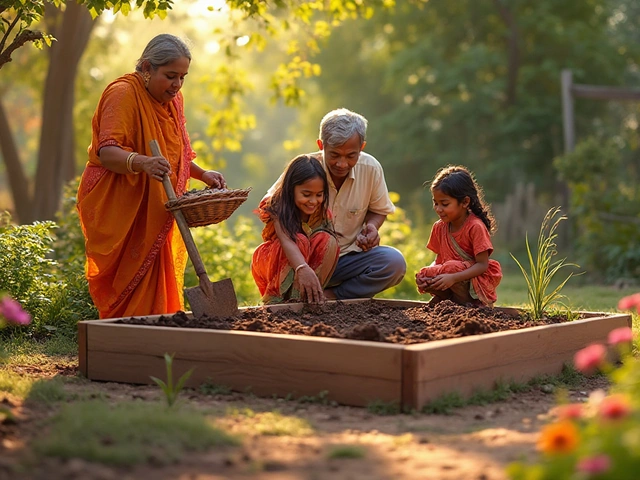
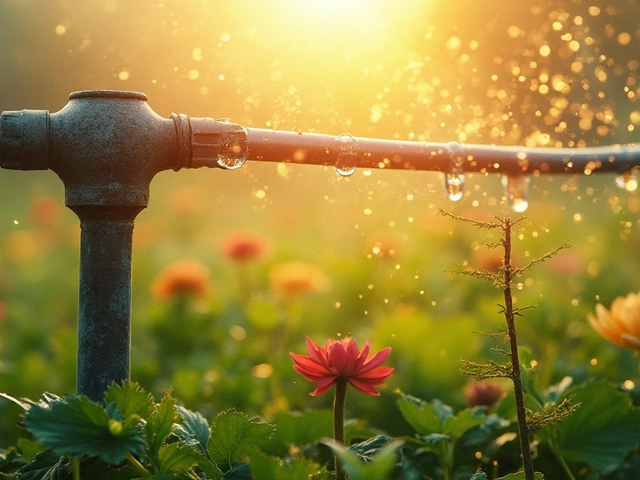
Why Does My Drip Line Keep Clogging?
By Alden Thorne Apr 12, 2025
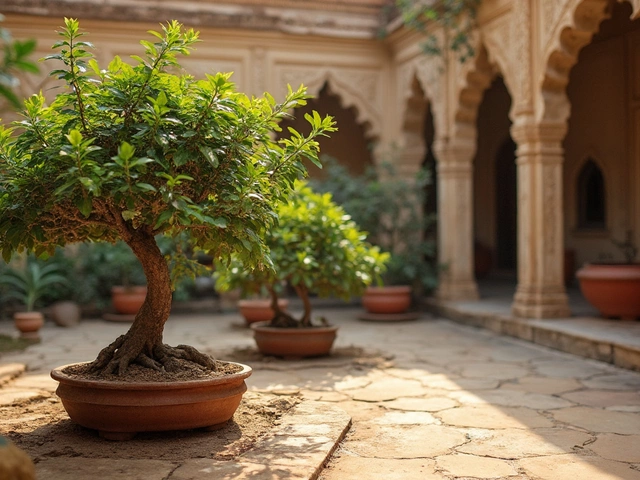
Identifying an Overwatered Bonsai Tree
By Alden Thorne Mar 15, 2025

Gardening Enthusiasts and Sustainable Green Thumbs
By Alden Thorne Feb 18, 2025
